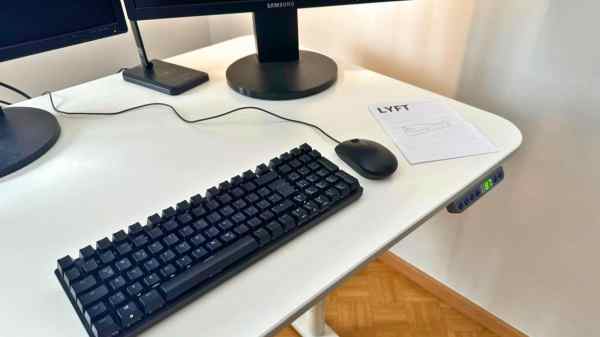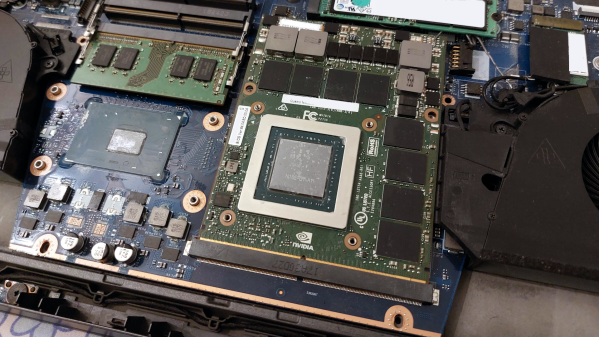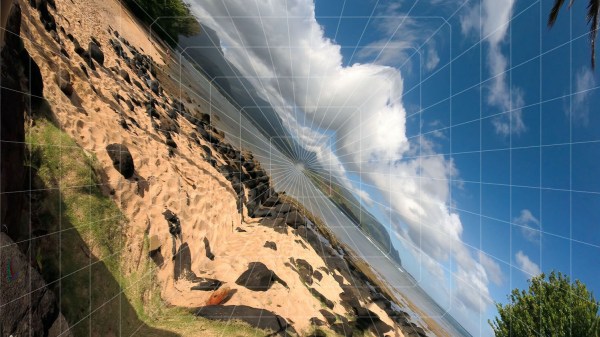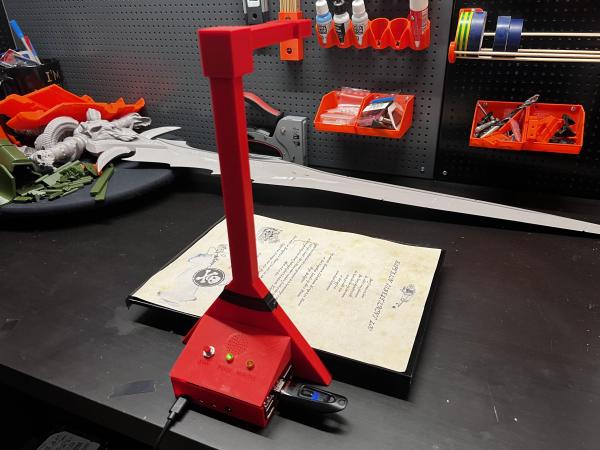The IKEA BEKANT sit/stand desk is kind of a lifesaver — even if you don’t personally go between sit and stand much, the adjustability makes sharing the desk a breeze. Sharing was the case in [Matthias]’ house during the pandemic, as he and his wife took turns using the desk. Switching between their two preferred heights quickly became annoying, so [Matthias] engineered LYFT, a replacement controller that stores up to four settings.
In addition, the new SAMD21-based controller allows them to raise and lower the desk without having to hold the button down. And finally, having a digital readout showing the position is just plain cool. As you’ll see in the manual (PDF), LYFT is as easy to set up and use as the average flat-packed product.
In order to make this work, [Matthias] had to figure out how the desk’s motors communicate out of the box, and he did so with the help of a BEKANT controller project by [Greg Cormier]. You won’t find LYFT at the blue and yellow, at least not yet; for now, you’ll have to shop Tindie or build it yourself.



















